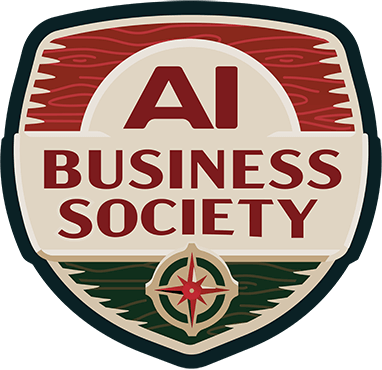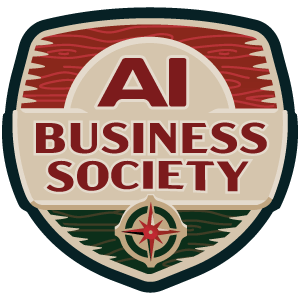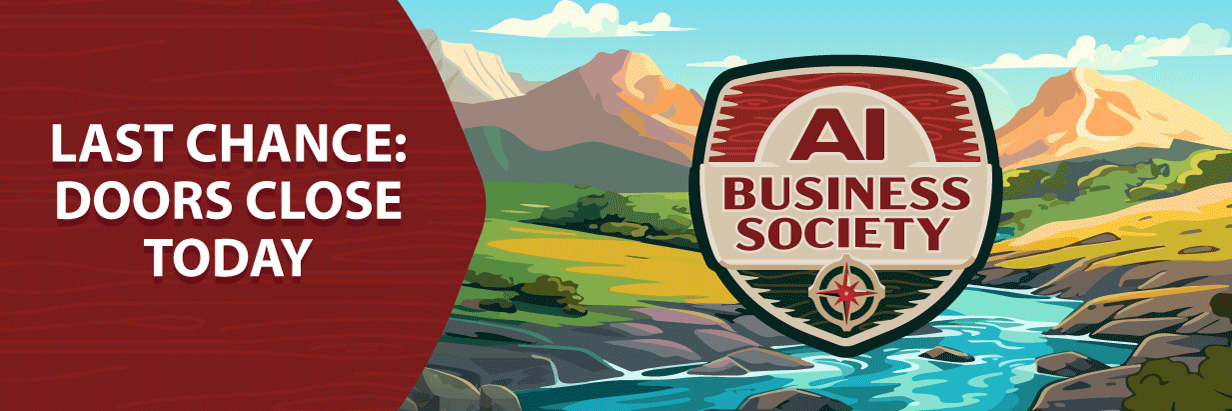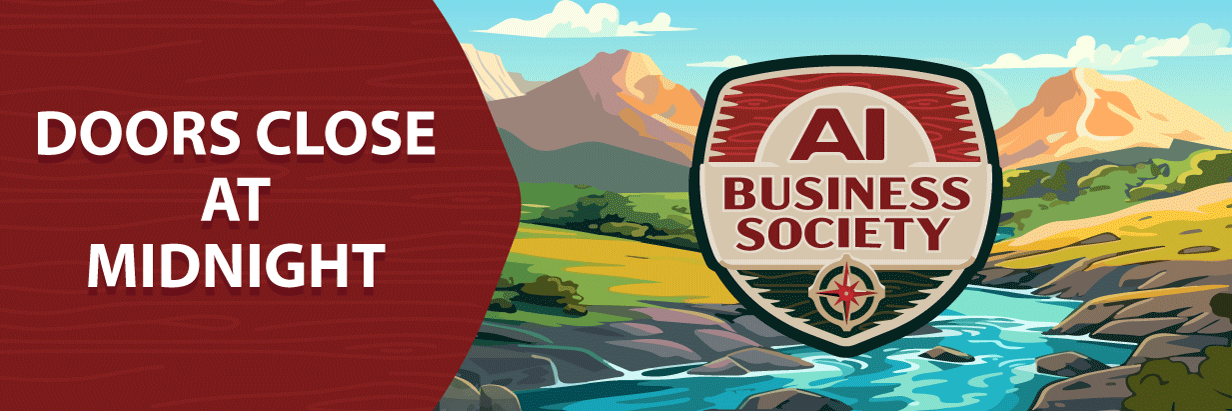
How to Build Messages That Build Buy-In for Change
Are you struggling to implement changes in your marketing strategy? Wondering how to get buy-in from skeptical team members or consumers?
In this article, we'll explore how to create messages that get people to embrace change inside a business.
Change is a constant in the business world, yet it remains one of the most challenging aspects for marketers and organizations to navigate successfully.
Whether introducing new technology, a new product, or shifting market strategy, the path to change is often marked by resistance, setbacks, and sometimes outright failure.
The question isn't whether change will come; it's how we can better navigate it when it does.
Understanding the psychological barriers to change is crucial for developing effective strategies to overcome resistance and drive the adoption of new ideas, technologies, or processes.
So, why are we resistant to change?
Risk Aversion: Risk aversion is at the core of change resistance. People naturally want to protect what they have, whether it's a brand they're loyal to, a stable work environment, proven processes, or a sense of competence in their role. Introducing change disrupts this stability and can trigger fears of loss or failure.
Identity of Self: Resistance to change often goes deeper than practical concerns. It can challenge people's self-concept and desired identity as it relates to a brand or product they're loyal to. We all want to be seen as intelligent, capable, and good. Proposed changes that seem to conflict with these self-perceptions can face significant pushback.
This complexity means that successfully driving change requires a nuanced approach that addresses resistance's logical and emotional aspects.
Messaging expert Tamsen Webster shared her process for communicating change to your customers, colleagues, and peers in a way that persuades them to move forward with you. Today, we bring you part 1. Look for part 2 on Monday.
Anchor Change to Existing Beliefs
Suppose you're tasked with driving change with a new product offering–similar to Apple introducing the iPod. Or you've been asked to create messaging to drive the adoption of AI within your company.
Rather than imposing change from above, successful transformations often begin with careful listening.
Whether you're speaking to internal staff or consumers, it is crucial to anchor your proposal to questions or challenges your stakeholders are already actively considering because change lands differently when it's anchored to existing pain points.
To identify critical anchors, look for persistent irritants or ongoing challenges in your organization or industry. These don't always have to be significant pain points – even minor, consistent frustrations can be powerful motivators for change.
To uncover these anchor points, you can:
-
Examine company strategic priorities and ask what your organization's ongoing or current focus areas are.
-
Consider industry-wide challenges and ask what persistent issues your sector faces.
-
Conduct stakeholder interviews and ask team members and clients about their day-to-day frustrations and long-term goals.
-
You can even leverage AI assistants like ChatGPT to generate potential questions based on your target audience persona.
Remember, the goal is to find questions your audience is actively and knowingly asking right now. By aligning your proposed change with these existing concerns, you can create a natural bridge between current challenges and your solution, increasing the likelihood of acceptance and adoption.
Once you've identified potential questions, evaluate them against a business version of Maslow's Hierarchy of needs.
Maslow's Hierarchy as it Relates to Consumers
Physiological Needs: These are consumers' basic needs for survival and comfort. In a consumer context, this often translates to products that fulfill essential needs. Products like groceries, affordable housing, comfortable clothing, and medications fulfill these needs. The marketing focus on physiological needs communicates functionality, affordability, and reliability.
Safety Needs: Consumers need to feel safe and secure when making purchases and interacting with a brand. Security systems, insurance, reliable transportation, warranties, secure online transactions, and data privacy fulfill these needs. The marketing focus on safety needs should highlight safety features, guarantees, trust signals, and long-term benefits.
Love/Belonging Needs: Consumers want to feel a sense of belonging and connection with a brand or community. Social media platforms, brand communities, loyalty programs, and products that foster connection (like games, shared experiences, or gifts) help fulfill these needs. The marketing focus for Love/Belonging needs involves social proof, community building, shared values, emotional connection, and personalized experiences.
Esteem Needs: Consumers want to feel good about themselves and their choices. They seek products and brands that enhance their self-image and status. Luxury goods, premium brands, educational courses, self-improvement products, recognition programs, and exclusive experiences fulfill these needs. The marketing focus for esteem needs highlights exclusivity, quality, status, achievement, personal growth, and recognition.
Self-Actualization Needs: Consumers want to reach their full potential and express their individuality. They seek products and experiences that help them grow and achieve their goals. Creative tools, travel experiences, personal development programs, charities, sustainable products, and unique and customizable products fulfill these needs. The marketing focus for self-actualization emphasizes purpose, creativity, self-expression, personal growth, transformation, and making a difference.
Which level(s) of the Hierarchy are most important to them? How does your change meet those needs?
Maslow's Hierarchy as it Relates to Internal Stakeholders
Physiological Needs: These are the basic needs for survival, such as fair pay, regular breaks, and a comfortable working environment. Without these, employees cannot focus on their work.
Safety Needs: Employees need to feel safe and secure in their jobs. This includes job security, safe working conditions, and benefits like health insurance and retirement plans.
Social Needs: Employees need to feel a sense of belonging and connection with their colleagues. This can be fostered through team-building activities, social events, and a positive work environment.
Esteem Needs: Employees need to feel valued and appreciated for their work. Recognition, promotions, and opportunities for growth and development can achieve this.
Self-Actualization Needs: This is the need to reach one's full potential. In a business context, it means providing employees with challenging and fulfilling work, opportunities for creativity and innovation, and the autonomy to make decisions.
Which level(s) of the Hierarchy are most important to your staff and leadership? How does your change meet or exceed those needs?
Next week, we cover creating and delivering your messaging.
Today's advice is provided with insights from Tamsen Webster, a featured guest on the Social Media Marketing Podcast.
P.S. Add
into your contacts list. Use Gmail?
We publish updates with links for our new posts and content from partners. Your information: Email:
Opted in on: 2021-09-06 17:20:47 UTC.














![🔴 [LANGSUNG] AWANI Live 24/7 🔴 🔴 [LANGSUNG] AWANI Live 24/7 🔴](https://korhvo.stripocdn.email/content/guids/videoImgGuid/images/image16381563704857108.png)

_4.png?ext=.png)












